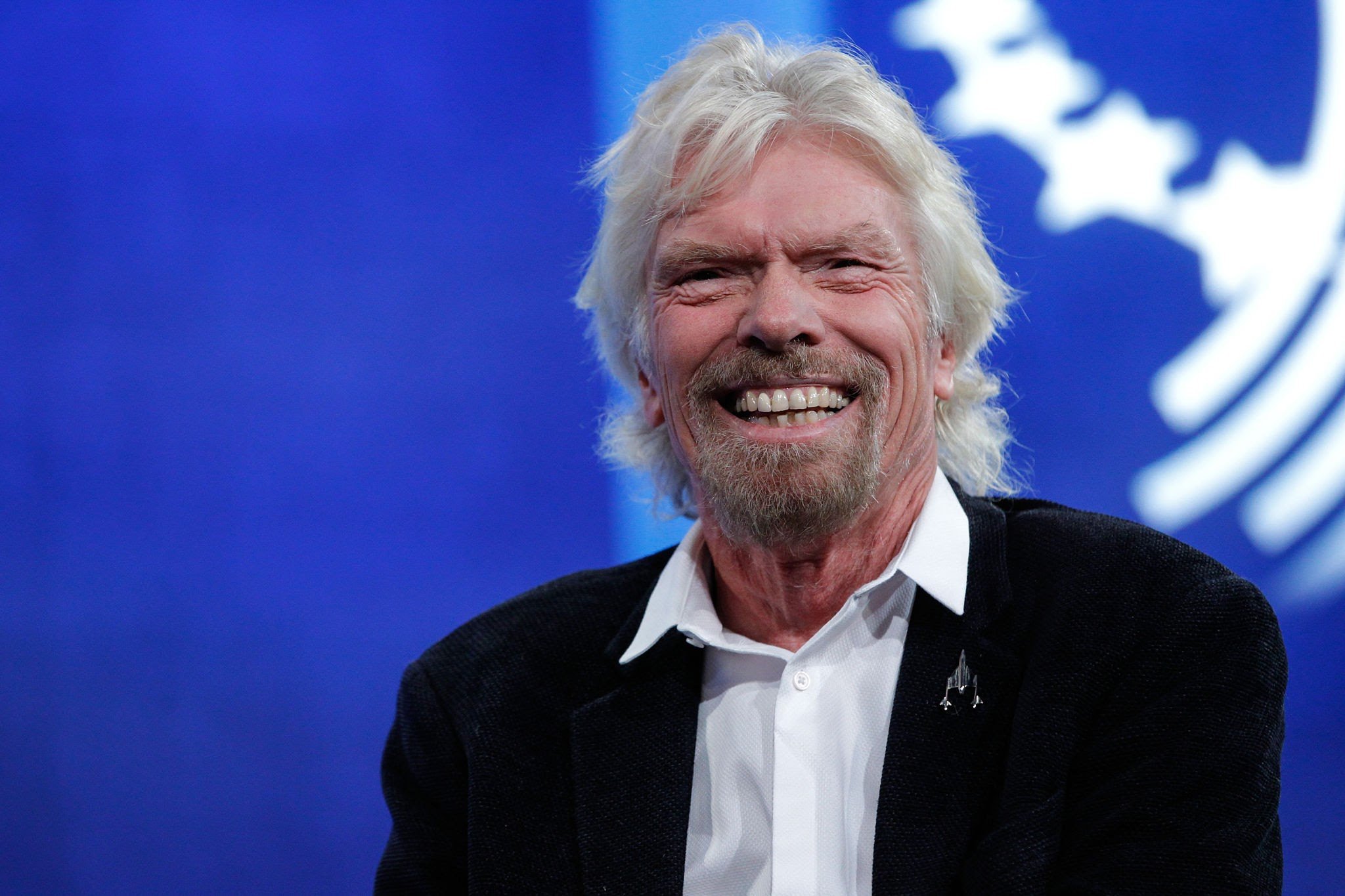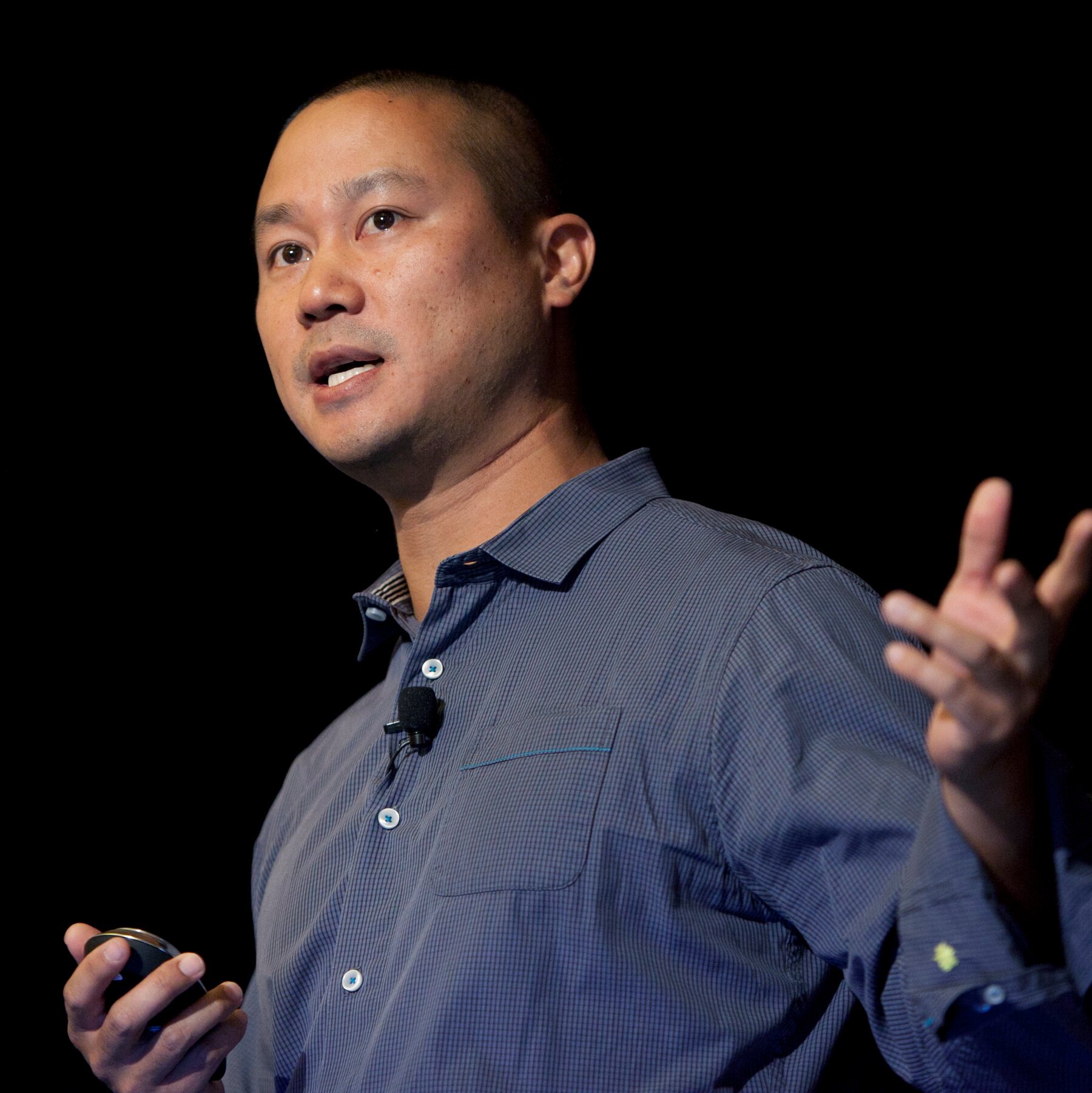7 Types of Leadership: Discover your leadership style and know when & how to use them
Who is a leader?
How we explain this often needs to be clarified; some may confuse this with a manager. But is it so?
The figure of the leader is essential in any organisation, be it business, political, social or sports. A leader is a person who can influence and motivate a group of people towards a common goal.
Identifying the different types of leadership is crucial to understanding how a leader can affect a team's dynamics, the company's productivity, and the success of any project. Knowing the characteristics of each type of leader will allow us to select the most appropriate leadership style for each situation and maximise your team's potential.
This article will guide you to your leadership style and help you to make an impact in your organisation; come read along!
Autocratic Leader:
The central aspect of this approach is centralised decision-making, in which the leader has complete control over the actions and decisions of the organisation.
One of the main advantages of this type of leadership is the speed in decision-making, which can be beneficial in crises or when the organisation needs clear and quick direction. However, autocratic leadership can create a less collaborative and motivating work environment since team members have no say in decisions and may feel demotivated and disconnected from the organisation. Regarding the characteristics of the autocratic leader, we can highlight his/her authority, their focus on efficiency and their ability to establish clear and concrete objectives.
An example of an autocratic leader is Steve Jobs, founder of Apple, who was characterised by making decisions unilaterally and having a very demanding and perfectionist leadership style.
My advice for developing effective autocratic leadership is to know when and how to apply it. It may be the best option in crises or when quick decision-making is required. However, it can be counterproductive when a situation demands greater collaboration and motivation of the team.
Democratic Leader:
This leadership approach is characterised by the active participation of team members in decision-making, encouraging collaboration and dialogue at all times.
One of the main advantages of this type of leadership is the generation of a more collaborative and motivating work environment in which team members feel that their opinions are valued and that their contribution is vital to the team's success.
In addition, the democratic leader has an excellent ability for conflict resolution and negotiation since his/her approach is based on the search for consensus and the satisfaction of all parties involved. Regarding the characteristics of the democratic leader, we can highlight their ability to listen actively, flexibility and adaptability, and ability to delegate tasks and responsibilities.
An example of a democratic leader is Warren Buffett, CEO of Berkshire Hathaway, who is characterised by making decisions in consensus with his team and promoting the autonomy and responsibility of his team members.
My advice for developing successful democratic leadership is to foster an organisational culture based on collaboration, dialogue, and mutual respect. In addition, you must establish effective communication and negotiation skills and be willing to listen and value the opinions of others.
Transformational Leader:
This type of leadership focuses on inspiring, motivating and guiding the team towards a common goal, generating significant change in them and the organisation.
One of the main characteristics of transformational leaders is their ability to generate enthusiasm and commitment in others through clear communication, an empathetic leadership style and creating an environment of trust and mutual respect.
In addition, transformational leaders can identify and develop the potential of their team members, empowering and motivating them to achieve extraordinary achievements. Another distinctive element of transformational leaders is their long-term vision since they seek to meet short-term goals and create a sustainable and lasting organisational culture.
An emblematic example of a transformational leader is Jacinda Ardern, former Prime Minister of New Zealand, who has developed a deeper level of connection with people and displayed authentic leadership, creating hope, reflecting trust, showing positive emotions, and raising optimism.
To develop transformational leadership, you should build empathy, communication, and strategic vision skills. In addition, you must be a leader who inspires by being an example, values the talent of his team members and focuses on the growth and development of the entire organisation.
Situational Leader:
The main characteristic of this approach is flexibility since the leader must constantly adapt his /her leadership style to the needs and abilities of the team. In this way, the situational leader can improve the performance and motivation of their team. Another crucial characteristic of situational leaders is their ability to delegate responsibilities, which can benefit both the leader and the team since it allows them to develop skills and increase their self-confidence.
An example of a situational leader is the soccer coach Pep Guardiola, who adapts to the needs and abilities of each of his players in each game, which has led him to great success with teams like FC Barcelona and Manchester City.
My advice to develop effective situational leadership is always to be attentive to the needs and abilities of each team member and adapt our leadership style to each specific situation. Remember that no single leadership style works in all cases and that, as leaders, we must be flexible and adaptive to obtain the best results.
Leader Coach:
The main characteristic of a coach leader is to focus on their team members' personal and professional development, increasing their commitment and motivation at work. This leadership style is based on the principle that team members have the potential to learn and grow constantly, and the coach leader has a responsibility to help them discover and develop that potential. Another vital characteristic is open communication and constant feedback, essential to establish trust and respect between the leader and the team members.
An example of a coach leader is the founder of Virgin, Richard Branson. He has stood out for his focus on his team's personal and professional development and his ability to motivate them through dialogue and constant feedback.
My advice for developing effective leadership coaching is always to be willing to listen and learn from your team and to provide them with the guidance and feedback they need to help them grow and develop in their work. Remember that as a leader, your success depends on your team's success!
Servant Leader:
The main characteristic of the servant leader is the commitment to his team's well-being, which fosters his team members' loyalty and motivation. Servant leaders actively seek ways to support their teams, from providing resources and tools to offering emotional support and inspiration. Another critical characteristic is humility and a willingness to learn from team members, which helps build a relationship of trust and mutual respect.
An example of a servant leader is the founder of the Zappos store chain, Tony Hsieh, who has stood out for his focus on creating a company culture focused on the well-being of its employees and providing excellent customer service.
My advice for developing effective servant leadership is always to be willing to listen and support our team and to work to create a work environment where each member feels valued and appreciated. Remember that as a leader, your success depends on your team's success and that being helpful does not mean being weak; on the contrary, it shows your strength and empathy.
Charismatic leader:
The main characteristic of charismatic leaders is their ability to communicate effectively and persuasively, which allows them to inspire and motivate their team. These leaders are passionate, enthusiastic, and charismatic, enabling them to create an emotionally charged and inspiring work environment. Another important trait is their ability to be visionaries and think outside the box, which allows them to create a powerful and exciting vision that motivates their team to achieve great things.
An example of a charismatic leader is former United States President Barack Obama, known for his ability to inspire and motivate others through his innovative vision and passionate leadership style.
My advice for developing effective charismatic leadership is to work on your communication and persuasiveness skills, create a powerful vision that inspires your team, and be authentic in your leadership style. Remember that a charismatic leader effectively motivates your team and can significantly impact your organisation's success.
The importance of having different types of leadership in an organisation:
Diverse leadership can increase efficiency and productivity and improve employee satisfaction and commitment to the company. Also, having leaders with different approaches and leadership styles can be beneficial in dealing with challenges and changing situations in the business environment.
An autocratic leader may effectively make quick decisions in a crisis, while a coaching leader may be better suited to fostering long-term growth and innovation. As leaders, we must be willing to learn and adapt to different situations and leadership styles to help our organisations reach their full potential.
My leadership journey is inspired by what I learned and observed from leaders I admire. Here is a post on 10 Key Leadership Skills I learned from them:
I also want to read about your leadership journey; let me know below in the comments!! 🌟









